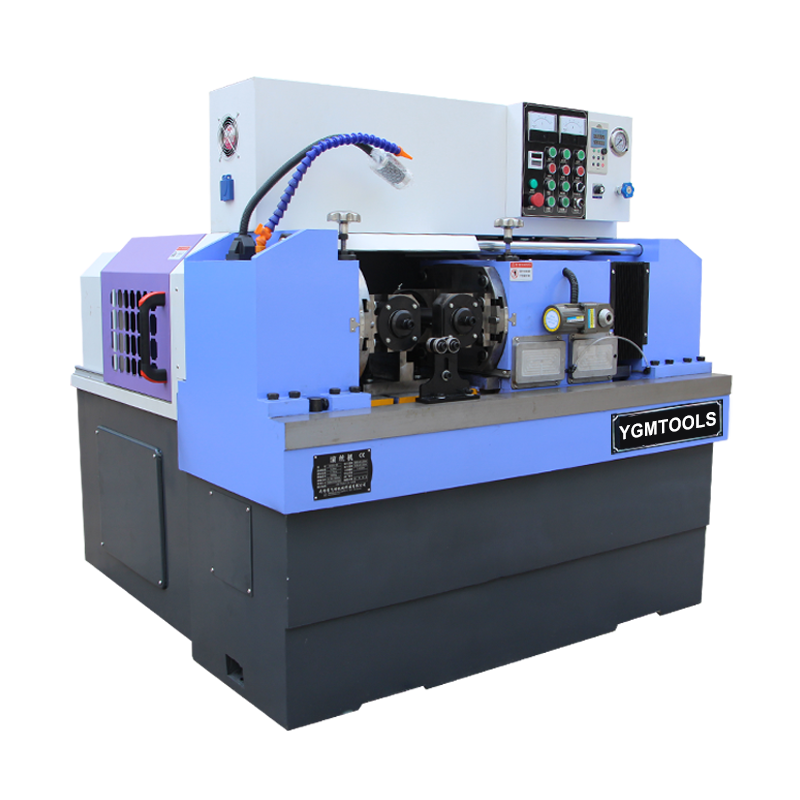
-
 Afrikaans
Afrikaans -
 Albanian
Albanian -
 Amharic
Amharic -
 Arabic
Arabic -
 Armenian
Armenian -
 Azerbaijani
Azerbaijani -
 Basque
Basque -
 Belarusian
Belarusian -
 Bengali
Bengali -
 Bosnian
Bosnian -
 Bulgarian
Bulgarian -
 Catalan
Catalan -
 Cebuano
Cebuano -
 Corsican
Corsican -
 Croatian
Croatian -
 Czech
Czech -
 Danish
Danish -
 Dutch
Dutch -
 English
English -
 Esperanto
Esperanto -
 Estonian
Estonian -
 Finnish
Finnish -
 French
French -
 Frisian
Frisian -
 Galician
Galician -
 Georgian
Georgian -
 German
German -
 Greek
Greek -
 Gujarati
Gujarati -
 Haitian Creole
Haitian Creole -
 hausa
hausa -
 hawaiian
hawaiian -
 Hebrew
Hebrew -
 Hindi
Hindi -
 Miao
Miao -
 Hungarian
Hungarian -
 Icelandic
Icelandic -
 igbo
igbo -
 Indonesian
Indonesian -
 irish
irish -
 Italian
Italian -
 Japanese
Japanese -
 Javanese
Javanese -
 Kannada
Kannada -
 kazakh
kazakh -
 Khmer
Khmer -
 Rwandese
Rwandese -
 Korean
Korean -
 Kurdish
Kurdish -
 Kyrgyz
Kyrgyz -
 Lao
Lao -
 Latin
Latin -
 Latvian
Latvian -
 Lithuanian
Lithuanian -
 Luxembourgish
Luxembourgish -
 Macedonian
Macedonian -
 Malgashi
Malgashi -
 Malay
Malay -
 Malayalam
Malayalam -
 Maltese
Maltese -
 Maori
Maori -
 Marathi
Marathi -
 Mongolian
Mongolian -
 Myanmar
Myanmar -
 Nepali
Nepali -
 Norwegian
Norwegian -
 Norwegian
Norwegian -
 Occitan
Occitan -
 Pashto
Pashto -
 Persian
Persian -
 Polish
Polish -
 Portuguese
Portuguese -
 Punjabi
Punjabi -
 Romanian
Romanian -
 Russian
Russian -
 Samoan
Samoan -
 Scottish Gaelic
Scottish Gaelic -
 Serbian
Serbian -
 Sesotho
Sesotho -
 Shona
Shona -
 Sindhi
Sindhi -
 Sinhala
Sinhala -
 Slovak
Slovak -
 Slovenian
Slovenian -
 Somali
Somali -
 Spanish
Spanish -
 Sundanese
Sundanese -
 Swahili
Swahili -
 Swedish
Swedish -
 Tagalog
Tagalog -
 Tajik
Tajik -
 Tamil
Tamil -
 Tatar
Tatar -
 Telugu
Telugu -
 Thai
Thai -
 Turkish
Turkish -
 Turkmen
Turkmen -
 Ukrainian
Ukrainian -
 Urdu
Urdu -
 Uighur
Uighur -
 Uzbek
Uzbek -
 Vietnamese
Vietnamese -
 Welsh
Welsh -
 Bantu
Bantu -
 Yiddish
Yiddish -
 Yoruba
Yoruba -
 Zulu
Zulu
Optimal Setup for Thread Rolling Machines for Enhanced Performance and Efficiency
The Best Thread Rolling Machine Setup A Comprehensive Guide
Thread rolling machines play a pivotal role in the manufacturing industry, particularly for the production of high-quality threaded fasteners. These machines offer a sustainable and efficient method for shaping metal into threads without cutting, reducing waste and enhancing the mechanical properties of the material. However, to maximize the efficiency and output of a thread rolling machine, having the right setup is essential. This article delves into the best practices for setting up a thread rolling machine.
Understanding Thread Rolling Machines
Before diving into the setup, it's crucial to understand the different types of thread rolling machines available, such as flat die, cylindrical die, and planetary rolling machines. Each type serves distinct applications, so selecting the right machine for your operation is the first step in achieving a successful setup.
Pre-Setup Considerations
1. Space Requirements Ensure that your workspace can accommodate the machine, offering enough room for operators to maneuver safely and efficiently. Proper ventilation is also crucial, especially when working with materials that may produce harmful fumes.
2. Electric and Hydraulic Supply Confirm that your workshop has the appropriate electrical and hydraulic supply necessary for the operation of the machine. Consult the manufacturer's specifications to prevent any operational hiccups.
3. Material Selection The type of material being rolled significantly affects the setup. Common materials used include steel, aluminum, and brass. Each material has its own properties and may require unique settings and tooling.
Setting Up the Machine
1. Die Selection Choosing the correct die is critical. Dies must be compatible with the specific thread you intend to produce. Ensure that the threading profile matches your specifications—oversized or incorrectly profiled dies can lead to defects.
best thread rolling machine setup

2. Die Adjustment After selecting the right die, the next step is to adjust it properly. The gap between the dies should be calibrated precisely to accommodate the material thickness. Follow the manufacturer's instructions for alignment to ensure uniform threads across the production batch.
3. Roll Positioning Position the rolls accurately to achieve the desired thread depth. Adjusting the rolls may be necessary to accommodate different materials or thread sizes. An improper roll positioning can lead to excessive wear on the machine or inconsistent threading.
4. Speed Settings Adjust the machine’s operational speed based on the material and the type of threads being produced. A slower speed may be better for harder materials, while softer materials can be threaded at higher speeds.
5. Lubrication Using the right lubricant is essential to minimize friction and wear on both the dies and the material. A suitable lubricant can enhance surface finish and prolong the lifespan of the dies.
Quality Control
Once the machine is set up, implementing a robust quality control process is vital. Regularly inspect threaded pieces for dimensional accuracy and surface defects. Using gauges and measuring instruments can ensure that the threads meet the specified tolerances.
Operator Training
Finally, investing in operator training can significantly improve the setup and operation of thread rolling machines. Understanding the nuances of machine operation, maintenance, and troubleshooting can reduce downtime and enhance production efficiency.
Conclusion
A well-configured thread rolling machine can lead to significant improvements in productivity and product quality. By paying attention to the details during the setup phase—including die selection, material considerations, and operator training—manufacturers can ensure they maximize the utility of their thread rolling machines. As industries continue to evolve, embracing these best practices will be critical for staying competitive in the fast-paced manufacturing landscape.
